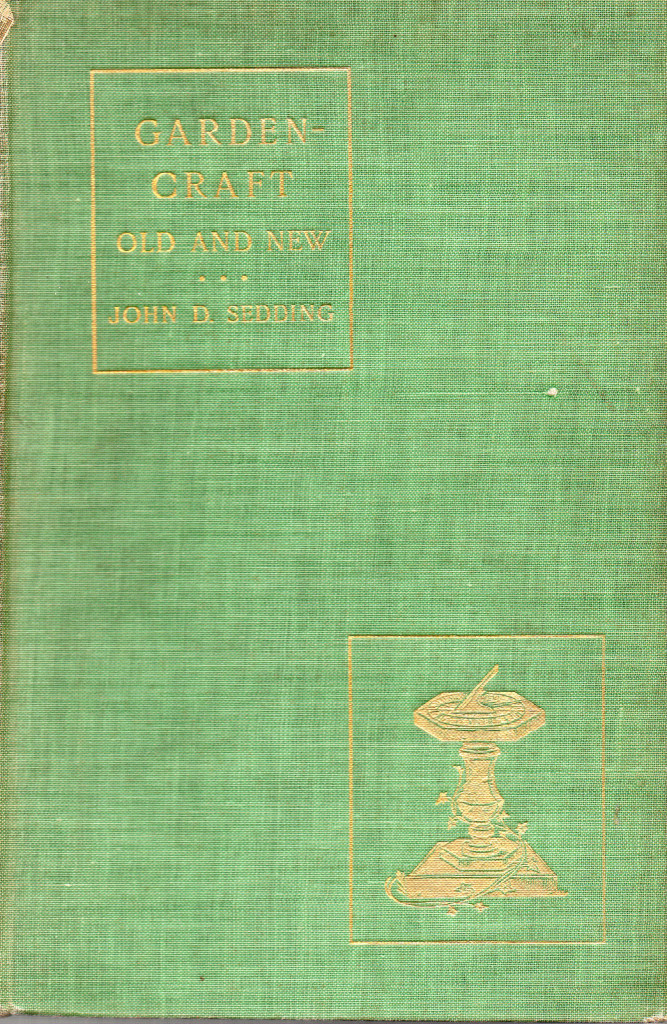Last week I had the pleasure of visiting a private garden on three acres, south…
Nineteenth Century English Architect Opposed the Lawn Extended to the Walls of the House
The lawn encouraged by the eighteenth century landscape gardener Lancelot Capability Brown (1716-1783) swept all the way up to the walls of the house. You can see that in the landscape featured on the TV drama ‘Downton Abbey’ or Highclere Castle [below] which Brown designed.
!['Downton Abbey' [Highclere Castle] with its lawn that stretches to the walls of the house.](https://americangardening.net/wp-content/uploads/2015/01/Highclere-Castle-1-768x1024.jpg)
The English architect John Sedding shared that same view as well as his displeasure with Brown’s view of the lawn in his book Garden-Craft Old and New (1890).
Sedding wrote, “To pitch your house down upon the grass with no architectural accessories about it, to link it to the soil, is to vulgarize it, to rob it of importance, to give it the look of a pastoral farm, green to the door-stop.”
During the nineteenth century there was a battle between the landscape gardener and the architect. English garden writer William Robinson wrote that nature ought to dominate the landscape design and not the so-called art of the architect.
Sedding put it this way in his book: “To bring Nature up to the windows of the house, with a scorn of art-sweetness, is not only to betray your own deadness to form, but to cause a sense of unexpected blankness in the visitor’s mind on leaving the well-appointed interior of an English home.”

The battle continued in articles and books on that difference in garden design: nature versus geometry.
Perhaps the argument will never be settled, but the battle waged on in England for decades.
Sedding summed up his side of the argument in these words: “As the house is an Art-production, so is the garden that surrounds it, and there is no code of ease that I know of which would prove that Art is more reprehensible in the garden than in the house.”
What side of the argument do you take?
I believe that a house without ornament is a dull thing indeed. The trend of disallowing flowers and other horticultural decoration near the house to be enjoyed by residents of the house was an abominable fad that fully deserved to go the way of other faddish rules by so-called experts. Thanks for sharing the interesting quotes. -Beth